on Facebook regarding my recent purchase of a triathlon suit.

I will compete in my third Y Not Tri indoor triathlon in April, and it will be my sixth overall triathlon. Up until now, I’ve done the triathlons in swim trunks which has been a little uncomfortable at times.
But in the class I’m taking at the YMCA ahead of the Y Not Tri is going to feature swimming every night, so the coach encouraged us to wear triathlon suits so we could go right from the swim at the beginning to biking or running drills without losing too much time in between.
So since I had a couple of gift cards to a local bike shop that is clearing out its triathlon gear, I picked up a triathlon suit. An XXL, by the way–although the sizes said I should fit into an XL, I did not, which explains why I already have a triathlon suit I do not fit into in my drawer. Well, that, and the fact that I twice ordered sizes too small through another local bike shop and only returned it once. Come to think of it, I only got that one because my beautiful wife had gotten me a gift card before my first triathlon so I could pick up a suit.
At any rate, as I completed the transaction, I quipped that the next big step would be to wear the thing in public.
“Everyone has one,” he said, and he was right: When I go to triathlons, I have been one of the few not in sleek bits of moisture wicking fabric, much less sharkskin apparatus.
But it’s still weird to me on two levels.
First, it’s odd to put on a different uniform of some sort. I remember when I started my first job as a grocery store bagger whose uniform included a blue vest (and a dress shirt, dress pants, and dress shoes–it was quite a different era). That was odd. And I remember when I became a produce clerk and wore an apron. That felt weird. Looking down, it looked like a dress, and it kind of bound up the long strides I normally take.
When I stepped out onto a martial arts mat for the first time in a gi, I was really self conscious as well–even though everyone else was wearing a gi, I was not used to seeing myself in one. It passed, of course, and now I’m about the only one on the mat in a full gi as the school has started allowing people to shed the jacket and train in one of the school’s t-shirts. Come to think of it, I was the last bagger to wear the blue vest, too, when the store lightened up and let the utility clerks get by with just a shirt and tie.
Second, I guess it means I’m serious about it, and I have to stop thinking of myself as a lucky amateur, a walk-on that’s doing better than the extras in the film of my life should expect. My first try at martial arts, I didn’t buy a gi–I was a poor English major working at a little above minimum wage and could only sort-of afford bujitsu classes without the official uniform. It only lasted a couple of months, and I wore the black sweat pants I bought for nights at the Missouri Bujinikan Dojo to bed for decades after. But the gi and the triathlon suit represent an investment, emotional as well as financial, in hobbies that I’ve avoided for most of my adult life.
But I’m pretty sure that it’s because I think I look silly in them until I’ve worn them a couple of times in public.
Was I self-conscious about my hat back in 1994? Perhaps.
And in conclusion, I have no conclusion. Thank you, and try the veal.
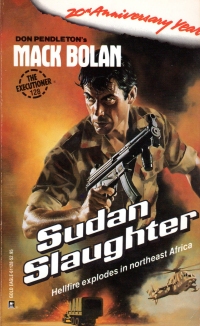 Well, this book reverts to the mean of Bolan book quality after War Born.
Well, this book reverts to the mean of Bolan book quality after War Born.






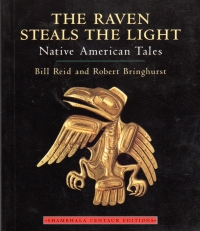 I read this book in a single day in a little over an hour of sustained reading time. It is 150 pages of roughly 5″ by 5″ paper containing 9 Native American myths/tales, many of which feature Raven, the trickster god (?).
I read this book in a single day in a little over an hour of sustained reading time. It is 150 pages of roughly 5″ by 5″ paper containing 9 Native American myths/tales, many of which feature Raven, the trickster god (?).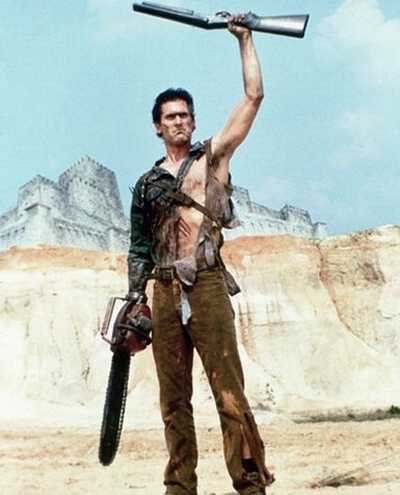
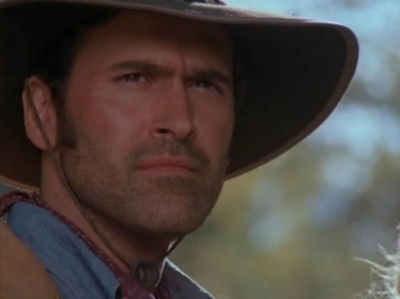
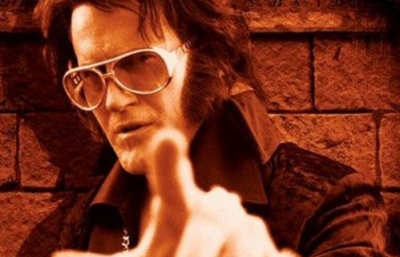


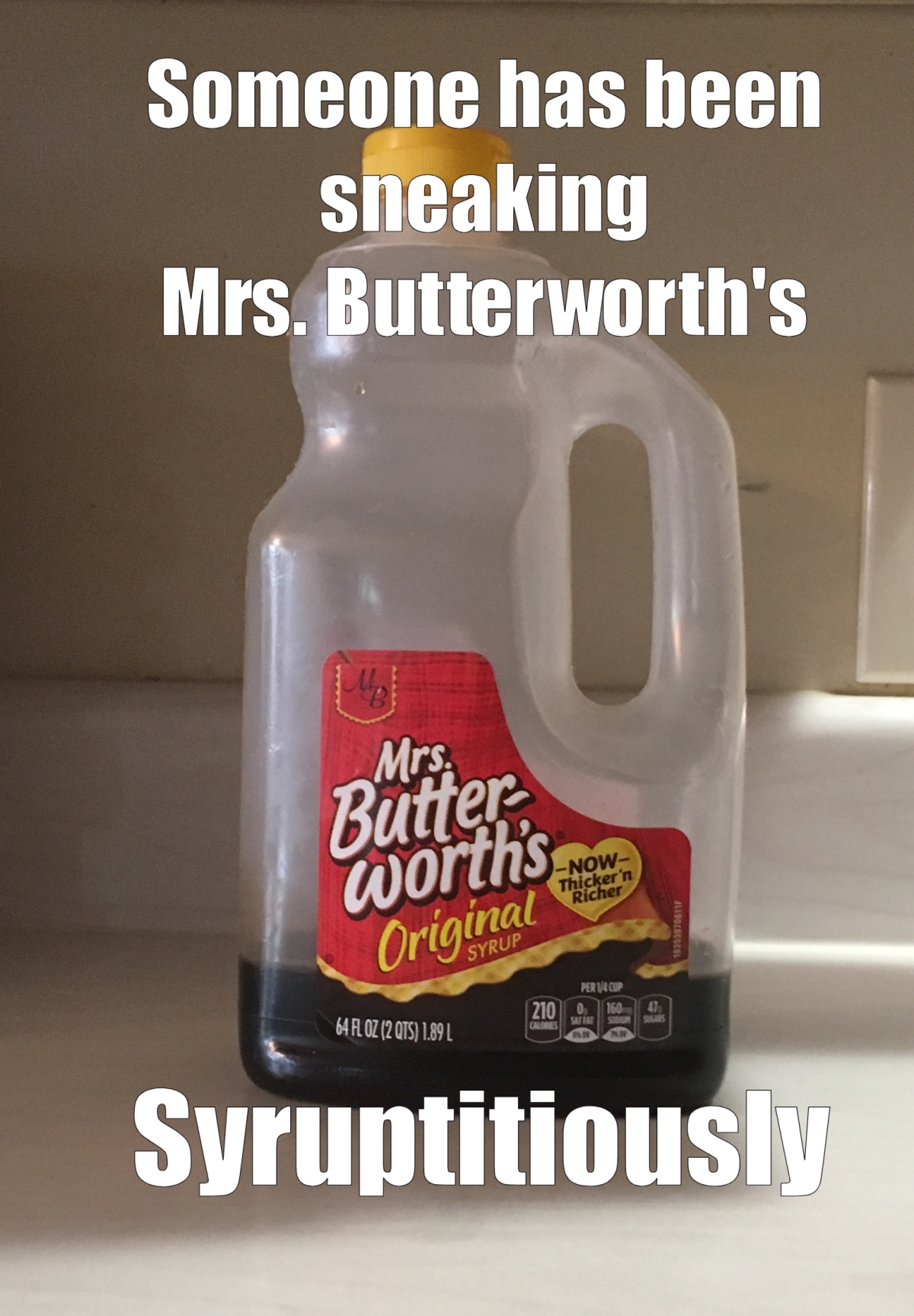
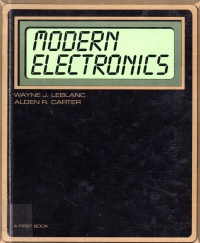 Perhaps the theme of this year’s reading will be “Clearing out thin books from the shelves and side tables.” This particular volume is an old “juvenile” book about electronics as you can see from the cover. I say “juvenile” in quotes because books don’t really get classed as “juvenile” any more, do they? It’s “young adult” now. I suspect it’s more to avoid the criminal association that developed from “juvenile” or to make juveniles feel better about themselves (young adults, so let us vote!) than because people using the word in conversation were getting juvenile confused with
Perhaps the theme of this year’s reading will be “Clearing out thin books from the shelves and side tables.” This particular volume is an old “juvenile” book about electronics as you can see from the cover. I say “juvenile” in quotes because books don’t really get classed as “juvenile” any more, do they? It’s “young adult” now. I suspect it’s more to avoid the criminal association that developed from “juvenile” or to make juveniles feel better about themselves (young adults, so let us vote!) than because people using the word in conversation were getting juvenile confused with  This book is a little different from some of the coffee table tourism books I’ve read before that focus on a state or city. Instead this book focuses on monuments around the world, from the pyramids in Egypt to the memorials in Washington D.C. The images within it are big and color, generally just one of the mentioned monuments. The text, though, is kinda of bland and vanilla, kinda just talking very generally about monuments and not offering a whole lot of insight into the individual monuments or their construction.
This book is a little different from some of the coffee table tourism books I’ve read before that focus on a state or city. Instead this book focuses on monuments around the world, from the pyramids in Egypt to the memorials in Washington D.C. The images within it are big and color, generally just one of the mentioned monuments. The text, though, is kinda of bland and vanilla, kinda just talking very generally about monuments and not offering a whole lot of insight into the individual monuments or their construction.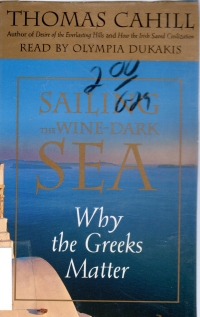 Technically, this is not a book report, as I listened to the abridged form of this book on tape. No, really, on tape. I procured it sometime in the misty past and saved it for such a time as I would sit down around an old cassette deck to listen to these things. Fortunately, though, instead of waiting for that time, I bought a user vehicle with a cassette deck in it, and I got to listen to this audiobook, which I had filed with our Teaching Company Great Courses.
Technically, this is not a book report, as I listened to the abridged form of this book on tape. No, really, on tape. I procured it sometime in the misty past and saved it for such a time as I would sit down around an old cassette deck to listen to these things. Fortunately, though, instead of waiting for that time, I bought a user vehicle with a cassette deck in it, and I got to listen to this audiobook, which I had filed with our Teaching Company Great Courses. This book is one of those books sold at a historic site to tell you about said historic site, but it’s pretty detailed–flat spine and 114 pages which includes numerous photographs and drawings, of course, but enough text that make this more than a football game browser.
This book is one of those books sold at a historic site to tell you about said historic site, but it’s pretty detailed–flat spine and 114 pages which includes numerous photographs and drawings, of course, but enough text that make this more than a football game browser.
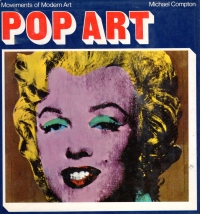 This book is part of the Movements of Modern Art series, so I expect they’re designed to be textbooks. It was not a good book for browsing during football games, as the text to image ratio is quite high. Chapters cover the origins of pop art, subject matter, formal qualities of pop, English pop artists, American pop artists, European artists, and post-pop art, complete with miniature biographies of major artists along with samples of their work. The book also includes little excerpts from magazines and books about pop art from the time when it was new. Which is not all that long before this book appeared.
This book is part of the Movements of Modern Art series, so I expect they’re designed to be textbooks. It was not a good book for browsing during football games, as the text to image ratio is quite high. Chapters cover the origins of pop art, subject matter, formal qualities of pop, English pop artists, American pop artists, European artists, and post-pop art, complete with miniature biographies of major artists along with samples of their work. The book also includes little excerpts from magazines and books about pop art from the time when it was new. Which is not all that long before this book appeared.